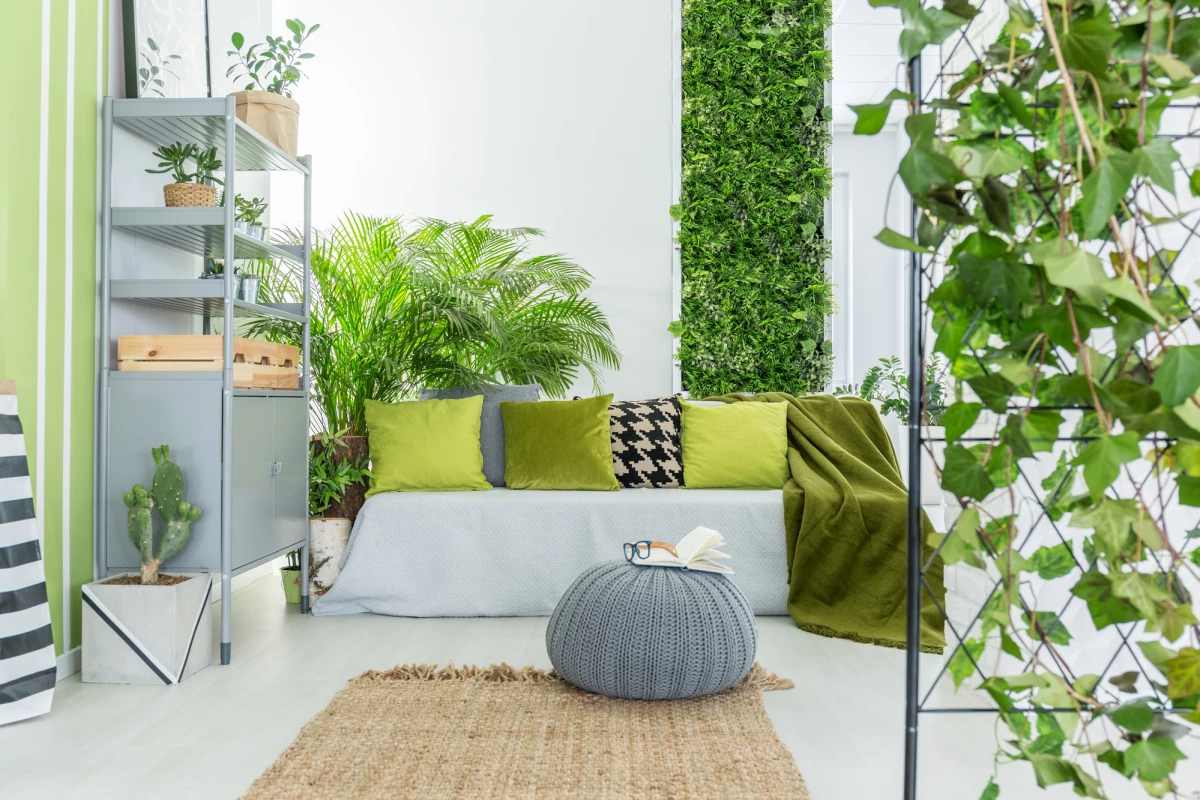New research from a duo of environmental engineers at Drexel University is suggesting the decades-old claim that house plants improve indoor air quality is entirely wrong. Evaluating 30 years of studies, the research concludes it would take hundreds of plants in a small space to even come close to the air purifying effects of simply opening a couple of windows.
Back in 1989 an incredibly influential NASA study discovered a number of common indoor plants could effectively remove volatile organic compounds (VOCs) from the air. The experiment, ostensibly conducted to investigate whether plants could assist in purifying the air on space stations, gave birth to the idea of plants in home and office environments helping clear the air.
Since then, a number of experimental studies have seemed to verify NASA’a findings that plants do remove VOCs from indoor environments. Professor of architectural and environmental engineering at Drexel University Michael Waring, and one of his PhD students, Bryan Cummings, were skeptical of this common consensus. The problem they saw was that the vast majority of these experiments were not conducted in real-world environments.
“Typical for these studies a potted plant was placed in a sealed chamber (often with a volume of a cubic meter or smaller), into which a single VOC was injected, and its decay was tracked over the course of many hours or days,” the duo writes in their study.
To better understand exactly how well potted plants can remove VOCs from indoor environments, the researchers reviewed the data from a dozen published experiments. They evaluated the efficacy of a plant’s ability to remove VOCs from the air using a metric called CADR, or clean air delivery rate.
“The CADR is the standard metric used for scientific study of the impacts of air purifiers on indoor environments,” says Waring, “but many of the researchers conducting these studies were not looking at them from an environmental engineering perspective and did not understand how building air exchange rates interplay with the plants to affect indoor air quality.”
Once the researchers had calculated the rate at which plants dissipated VOCs in each study they quickly discovered that the effect of plants on air quality in real-world scenarios was essentially irrelevant. Air handling systems in big buildings were found to be significantly more effective in dissipating VOCs in indoor environments. In fact, to clear VOCs from just one square meter (10.7 sq ft) of floor space would take up to 1,000 plants, or just the standard outdoor-to-indoor air exchange systems that already exist in most large buildings.
So, for example, the CADR of a common air purifier is about 100 m3/h (3,531 ft3/h). The new research calculated a general house plant to have a CADR of 0.023 m3/h (0.812 ft3). That means one would require hundreds of plants in a single room to come close to the air-cleaning capacity of a single air purifying machine. The researchers even suggest the effect of opening two windows in a house has more of an influence on dissipating toxins in the air than hundreds of plants.
All of this is not to say that it isn’t pleasant having plants in one’s indoor space, although there is debate over the psychological benefits of indoor plants, and one compelling study from 2009 even suggested some plants actually release VOCs into the environment. While this single piece of research is certainly not the final answer on the topic, Waring does note he hopes his research will show how prior studies can be misinterpreted and lead to long-standing myths.
“This is certainly an example of how scientific findings can be misleading or misinterpreted over time,” Waring concludes. “But it’s also a great example of how scientific research should continually reexamine and question findings to get closer to the ground truth of understanding what’s actually happening around us.”
The new research was published in the Journal of Exposure Science & Environmental Epidemiology.
Source: Drexel University




